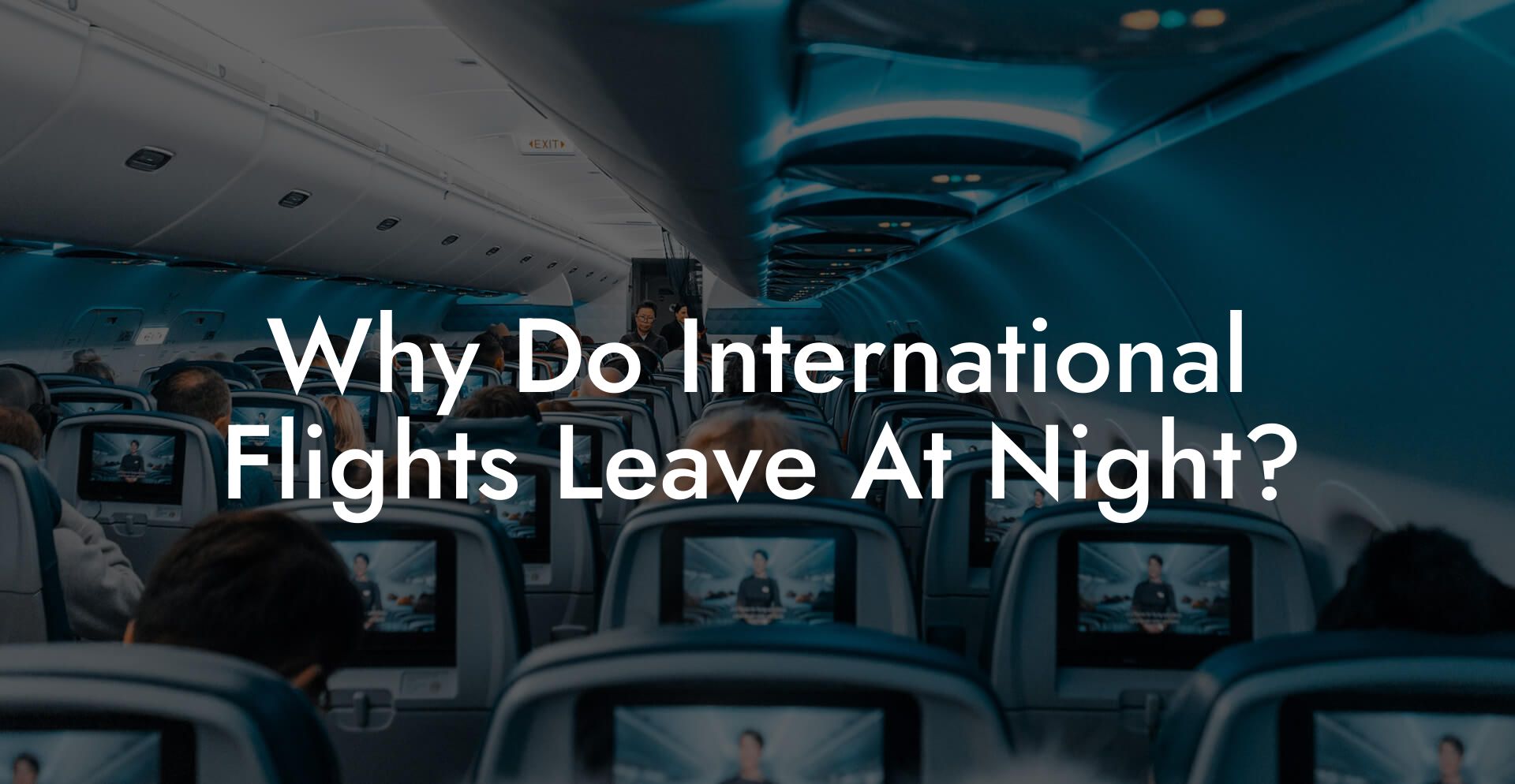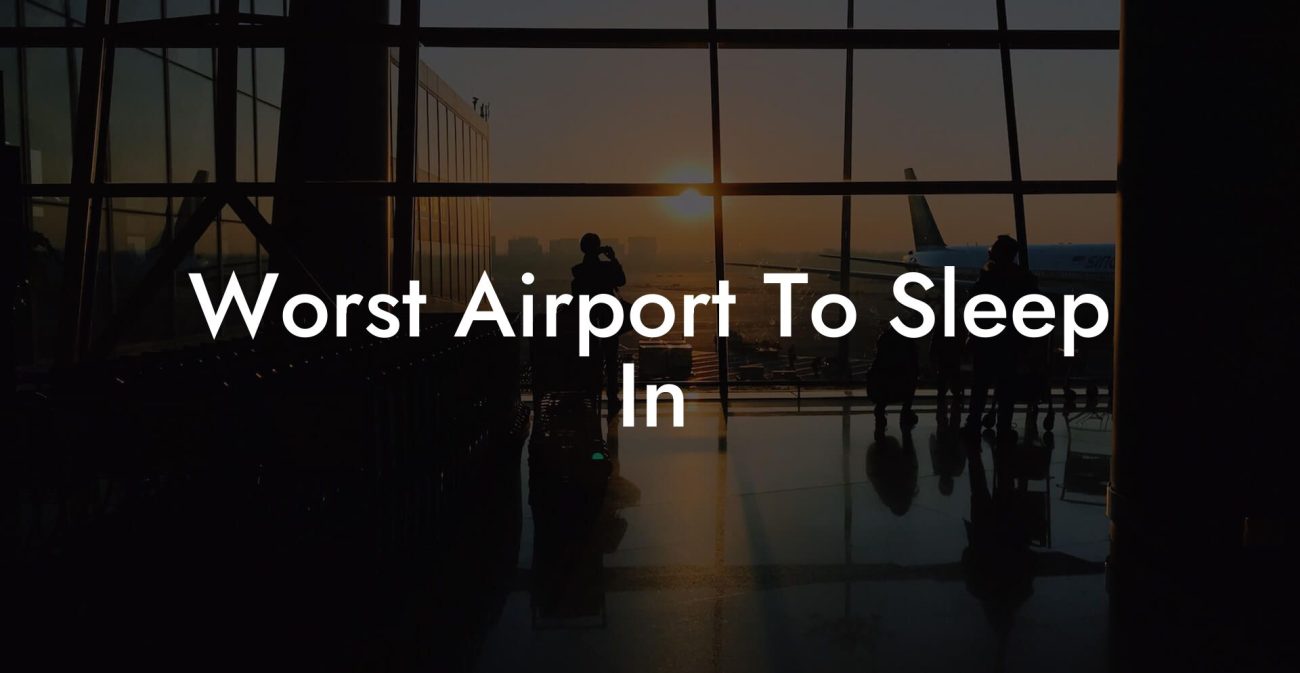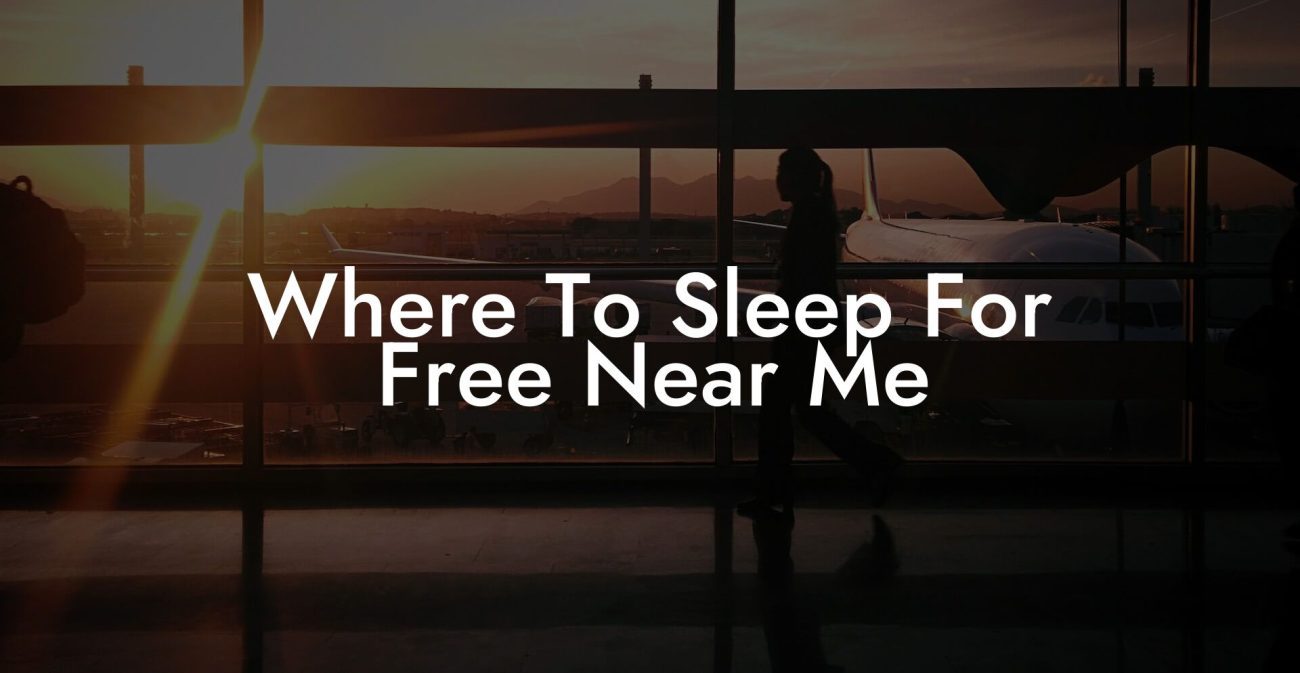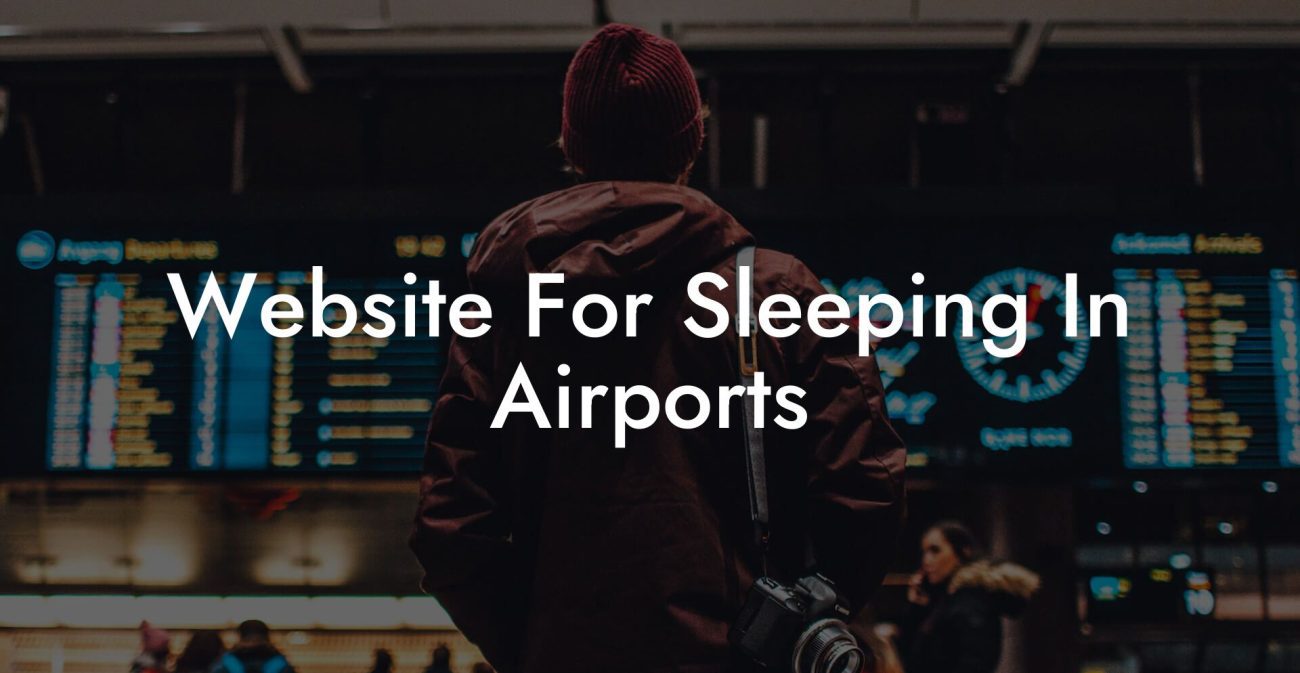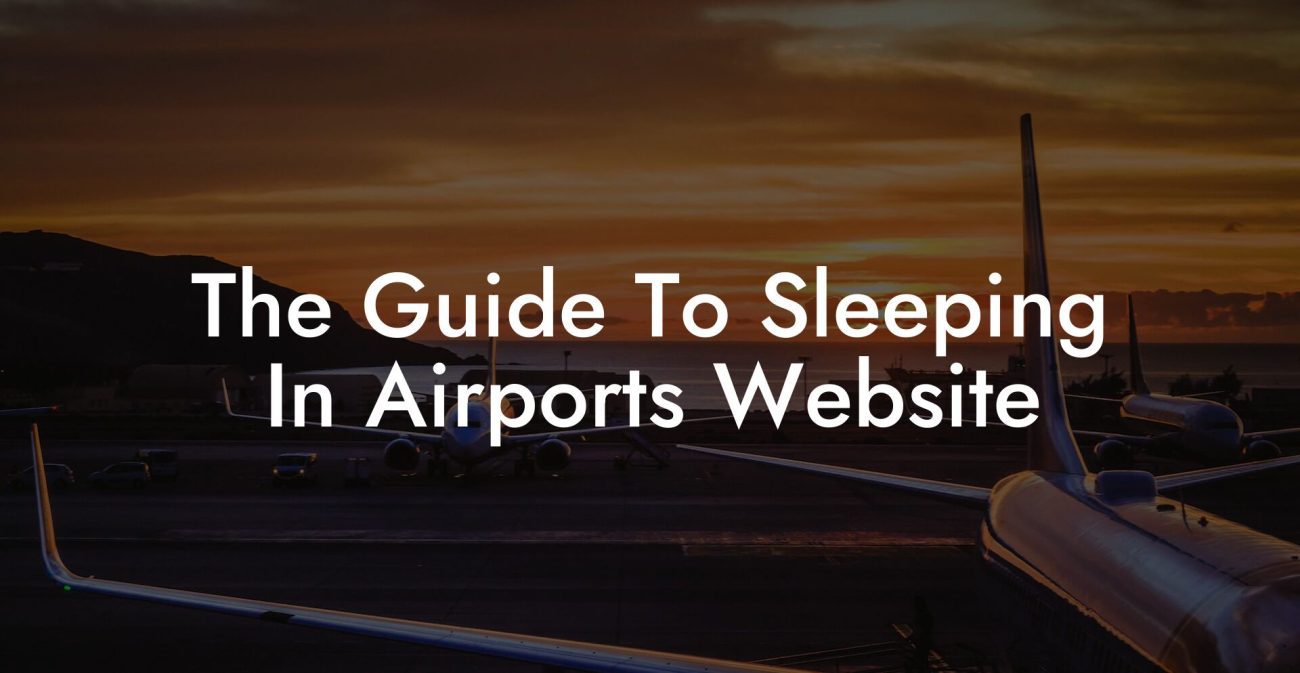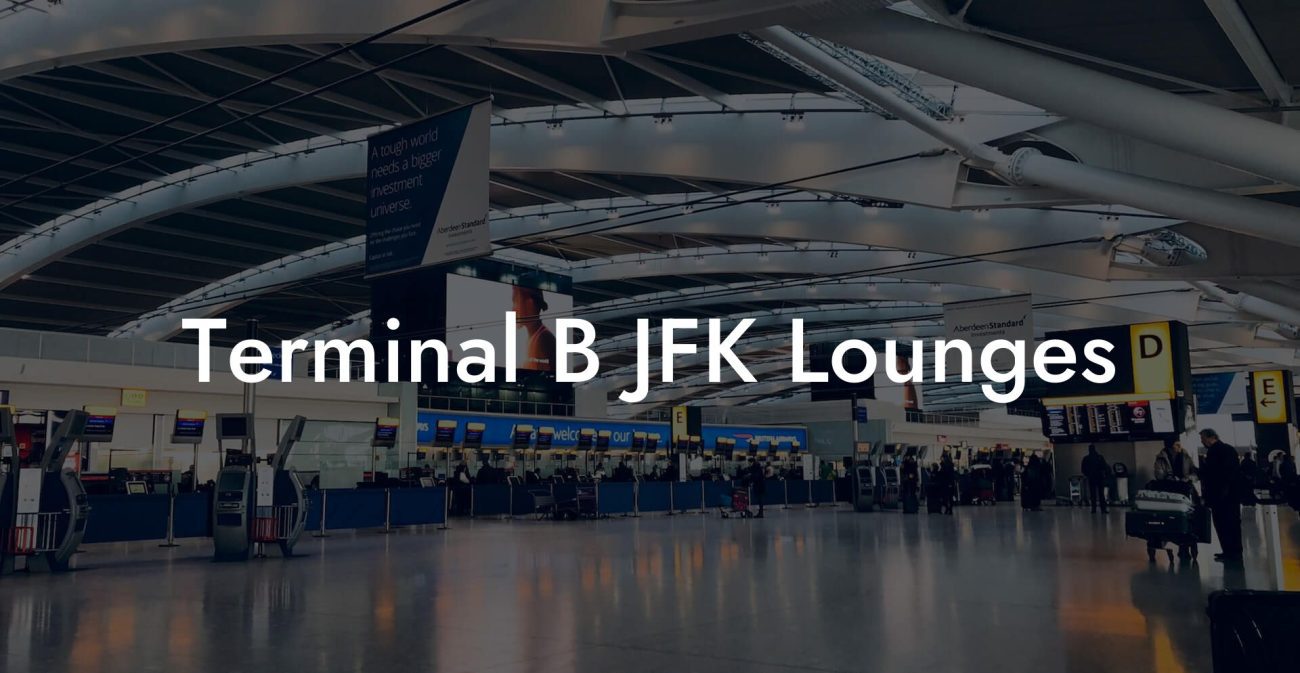Have you ever wondered why your international flights seem to always depart just when it’s time to hit the sack? It’s not a random occurrence – nighttime departures for long-haul flights have become the norm across the globe, and there’s some smart reasoning behind it. In this blog post, we will dive into the various factors that contribute to why international flights prefer taking to the skies under a blanket of stars. So buckle up and prepare for an enlightening journey through the world of nighttime air travel!
Why Do International Flights Leave At Night Table of Contents
3. Fuel-Efficiency and Cost Savings
4. Passenger Comfort and Convenience
1. Time Zone Differences
One of the primary reasons for nighttime departures is to compensate for the difference in time zones. Many long-haul flights travel across multiple time zones, and this plays a significant role in determining the best departure and arrival times for airlines. By scheduling flights at night, passengers can arrive at their destination early in the morning or afternoon, giving them plenty of time to adjust to the new local time and get a good night’s sleep at their destination.
2. Airport Slots and Traffic
Another factor that contributes to the prevalence of overnight international flights is the availability of airport slots. Airport slots are timeframes allocated to airlines for takeoffs and landings, and these are in limited supply due to heavy air traffic in most major airports. By scheduling their flights at night, airlines can take advantage of less congested airspace and potentially secure more favorable slots, which could translate to a smoother and more punctual travel experience.
3. Fuel-Efficiency and Cost Savings
Temperature plays a significant role in aircraft fuel efficiency. Cooler air is denser, which provides more lift to the aircraft and reduces the amount of fuel required to maintain altitude. Since the temperature is lower at night, flying during these hours can result in substantial cost savings for the airlines. Additionally, winds also tend to be calmer during nighttime, which can further reduce fuel consumption.
4. Passenger Comfort and Convenience
On long-haul flights, it’s essential to consider the comfort of the passengers. A vast majority of passengers prefer to sleep during nighttime flights, allowing them to arrive at their destination refreshed and ready to tackle their activities. Airlines schedule overnight flights, in part, to cater to the natural sleep patterns of their clientele. The added benefit? The reduced cabin noise, which makes falling asleep less challenging.
Why Do International Flights Leave At Night Example
Let’s consider a popular international route – Los Angeles to Sydney. The time difference between these two cities is 19 hours (depending on daylight saving time), which means flights departing from Los Angeles in the evening will arrive in Sydney early in the morning.
This early arrival is ideal for travelers who want to get a fresh start in their destination city or those who have connecting flights, allowing for more convenient scheduling. Additionally, by flying at night, airlines can tap into the benefits of fuel efficiency, optimal airport slots, and a more comfortable experience for their passengers.
As you can see, nighttime departures for international flights are anything but random. Instead, they are carefully planned to account for time zone differences, airport slots availability, fuel efficiency, and passenger comfort. Now that you’re armed with this knowledge, we hope you’ll find it easier to plan and enjoy your next adventure across the globe.
Frequently Asked Questions
What are the advantages of international flights leaving at night?
There are several advantages to scheduling international flights at night, such as better airport slot availability, reduced air traffic congestion, potential for longer uninterrupted sleep for passengers, and the facilitation of time zone adjustments. Night departures also often connect better with other international flight schedules, allowing for efficient passenger transfers.
Do night flights aid in reducing jet lag?
Yes, flying at night can help in aligning with the destination’s night-time and can contribute to a smoother transition across time zones for passengers. Planning sleep on the flight to match the time at the destination may mitigate some effects of jet lag.
Are night flights typically longer than day flights?
The duration of a flight is determined more by the distance between the origin and destination and less by the time of departure. However, some night flights may take advantage of favorable winds at higher altitudes during cooler nighttime temperatures.
How do night flights impact airport operations?
Night flights often mean lowered airport operations during these periods, resulting in less ground congestion, shorter taxi times, and possibly quicker security checks due to fewer flights departing or arriving concurrently.
Are international flights at night cheaper than daytime flights?
While pricing can vary based on demand, route, and season, some airlines may offer lower fares for night flights to encourage off-peak travel.
Why might some passengers prefer night flights?
Passengers might prefer night flights for various reasons, including the potential for overnight sleep that mimics normal sleep patterns, fewer disruptions, quieter cabin environments, and arriving at their destination in the morning or daytime.
Do night flights offer more in-flight amenities?
In-flight amenities depend on the airline and specific route rather than the time of flight. However, airlines might enhance sleep-related amenities on nighttime flights, such as blankets, pillows, and eye masks.
Is there a difference in turbulence between night and day flights?
Turbulence can occur at any time of day or night. However, nighttime flights may experience less turbulence due to the reduced heating of the earth’s surface, which can contribute to smoother flying conditions.
Are cabin crews larger on night flights?
The size of the cabin crew is typically based on the aircraft size and the number of passengers rather than the time of day. Nevertheless, the crew may focus more on ensuring passengers’ comfort for sleeping during night flights.
Do night flights have a higher risk of delays?
No, night flights do not inherently carry a higher risk of delays. Delays are influenced by factors like weather conditions, air traffic control restrictions, and airline operational issues, irrespective of the time of day.
How do airlines ensure passenger comfort on night flights?
Airlines may prioritize passenger comfort by lowering cabin lighting, providing comfort items like pillows and blankets, and adjusting meal service times to align with the destination’s timezone.
Can night flights help airlines optimize their fleet usage?
Airlines can indeed optimize fleet usage by scheduling aircraft for night flights, as this allows them to maximize utilization over a 24-hour period and have aircraft in position for early morning departures from the destination.
Do airports implement noise restrictions for night flights?
Some airports do implement noise curfews or restrictions for late night and early morning hours to minimize community disturbance.
Are pilots and cabin crew given special training for night flights?
Pilots and cabin crew are trained to handle flights at any hour, with regulations ensuring they have adequate rest periods to manage the demands of night flying and shift work.
Do night flights have a lower environmental impact?
Night flights may potentially have a lower environmental impact due to cooler temperatures reducing takeoff thrust requirements and enabling more efficient flight paths.
How does air traffic control handle night flights?
Air traffic control treats night flights with the same level of professionalism and safety as day flights, although there may be less traffic to manage, allowing for more direct routes and efficient handling.
What considerations should passengers make when booking night flights?
Passengers should consider sleep patterns, personal comfort with sleeping on planes, the importance of arriving fresh at the destination, luggage services at night, and transportation options from the airport upon arrival.
Are night flight paths different from those during the day?
Flight paths are typically determined by air traffic control and route efficiency. However, night flights may receive more direct routing due to less air traffic and fewer airspace restrictions.
Do airlines operate fewer flights at night?
Airlines might schedule fewer flights at night compared to daytime hours due to noise restrictions and reduced demand. However, this can vary widely depending on the route and airline.
What health tips can help passengers adapt to night flights?
Health tips for passengers include staying hydrated, stretching regularly, adjusting to the destination time zone as soon as possible, and using sleep aids like neck pillows and noise-cancelling headphones to encourage restful sleep during the flight.
How does the international dateline affect night flights?
The international dateline can cause calendar-day changes during a flight, potentially leading to ‘losing’ or ‘gaining’ a day. Night flights crossing the dateline may result in early morning arrivals two calendar days after departure.
Don’t forget to share this article with fellow nighttime flyers and explore our other guides on Airport Sleeping Pods for more tips and insights!

